
From Fortune magazine, September 1953:
The paper-bound houses this year are expecting to put out 1,200 titles compared to the combined major-book-club total of sixty-four.
"The machine," as it is called by one paper-bound publisher, was borrowed with only slight modifications from magazine publishing. First print orders for new paper-bound titles are usually for 250,000 copies, which can be printed at the rate or 12,000 books and 100,000 covers an hour, and trucked off along one of two distribution channels: the American News Co.; with its chain of 335 wholesale branches, or one of the 865 independent wholesalers. Jointly, the wholesalers supply some 100,000 retail outlets in the U.S. and Canada.
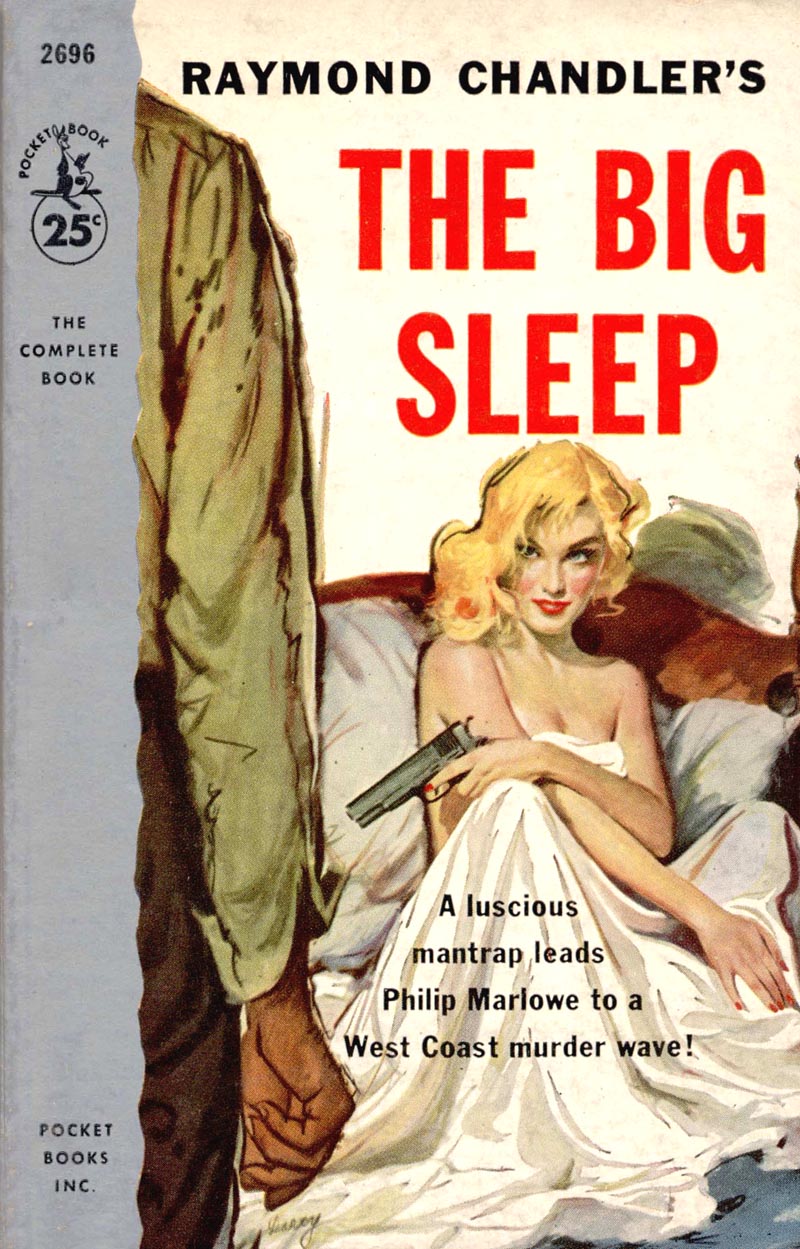
To keep their machinery rolling, paper-bound publishers consume new material at a burning pace. Some reprint houses are so hard up for new material that they have reprinted books that have already been through the mill. Others are reaching deep into trade backlists.
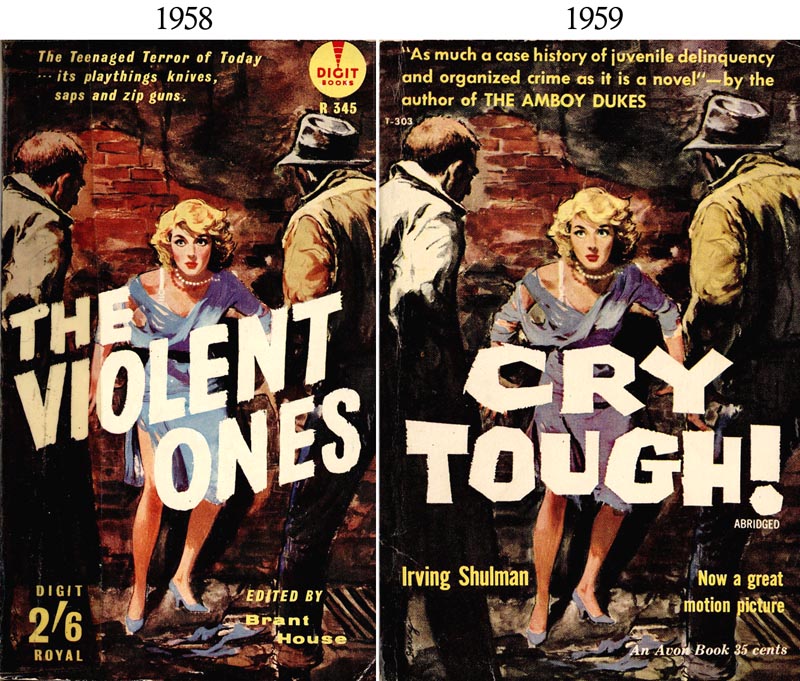
Material shortage shows most clearly in cutthroat competition for new manuscripts, in the form of advances to publisher and author against royalties. "The biggest guarantees," says one one paper-bound publisher, "are being paid for the books with the highest sex content."

Random House, for example, recently got $35,000 from Bantam for Lament for Four Virgins (Bantam admits the purchase was primarily for the title.)
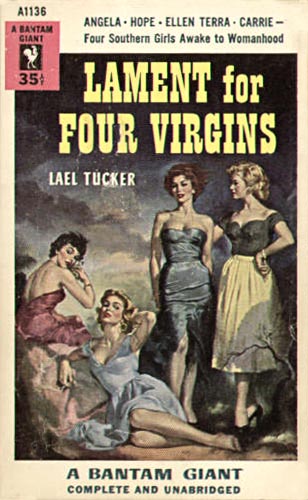
The fencing for new material is polite sport compared to the struggle for outlets and display space. At the current production rate, an average of 25 million books and 100 titles are being poured into the market each month. Brentano's in Manhattan, with its big 1000-title display, still shows only a third of the currently available titles.
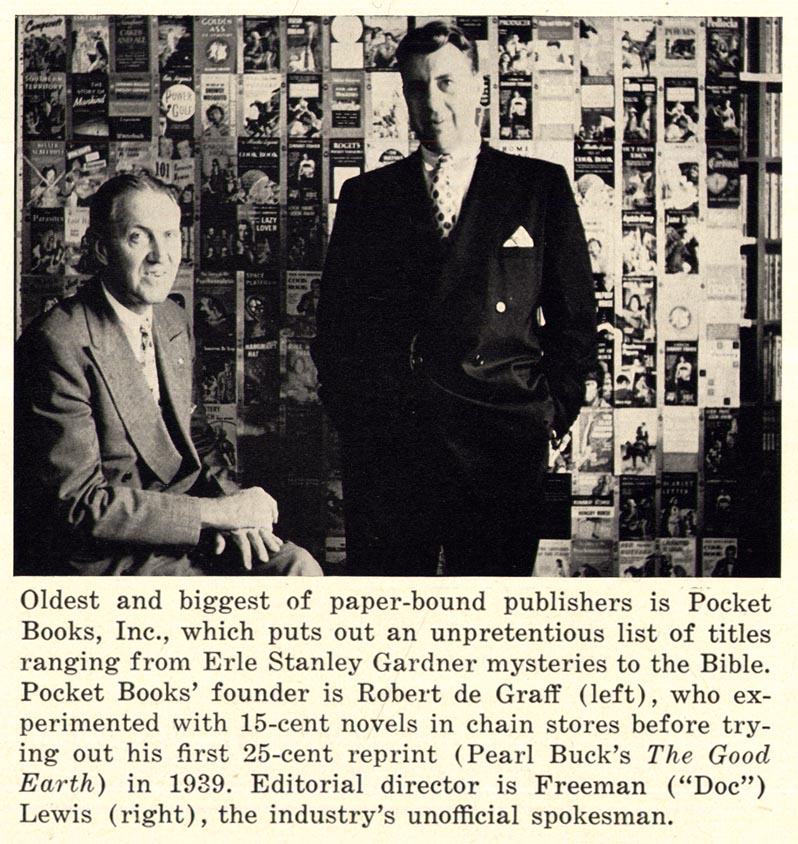
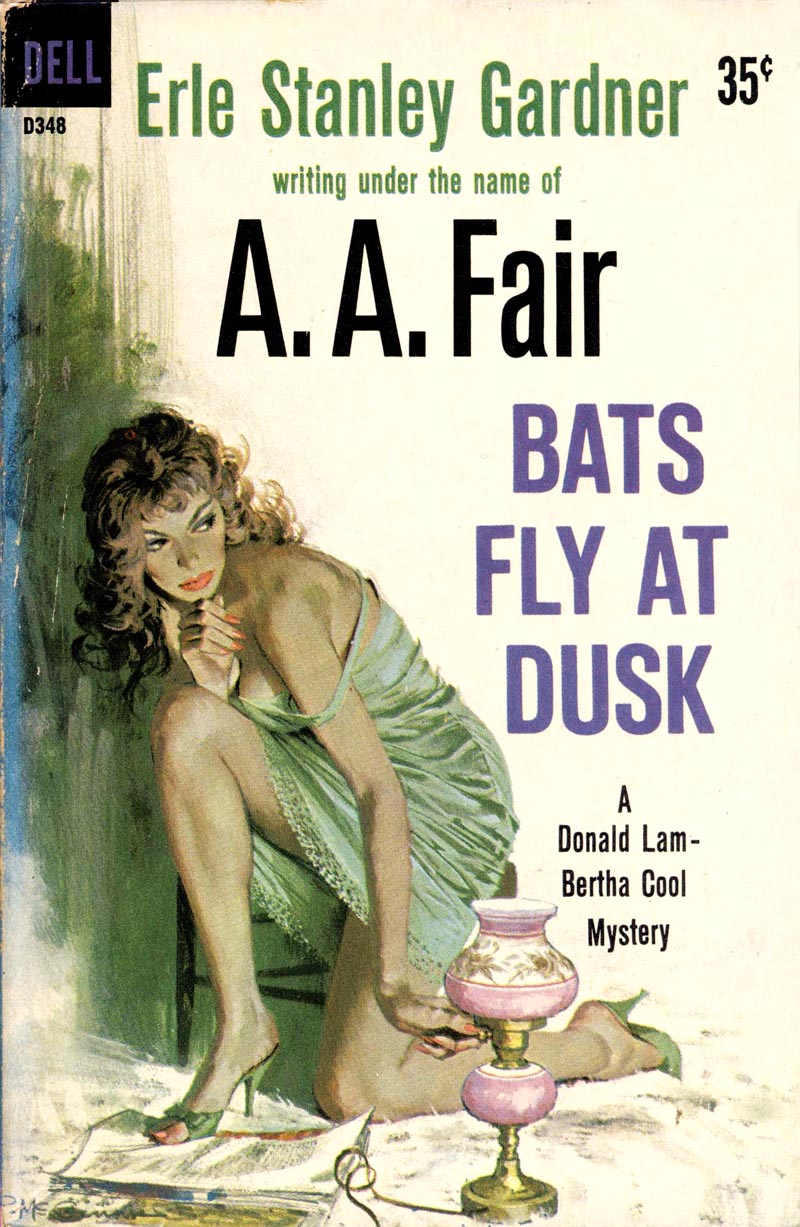
Mickey Spillane's sales last year are estimated to have equaled about a quarter the sales of all paper-bound nonfiction, including brisk sellers like Pocket Books' dictionary.
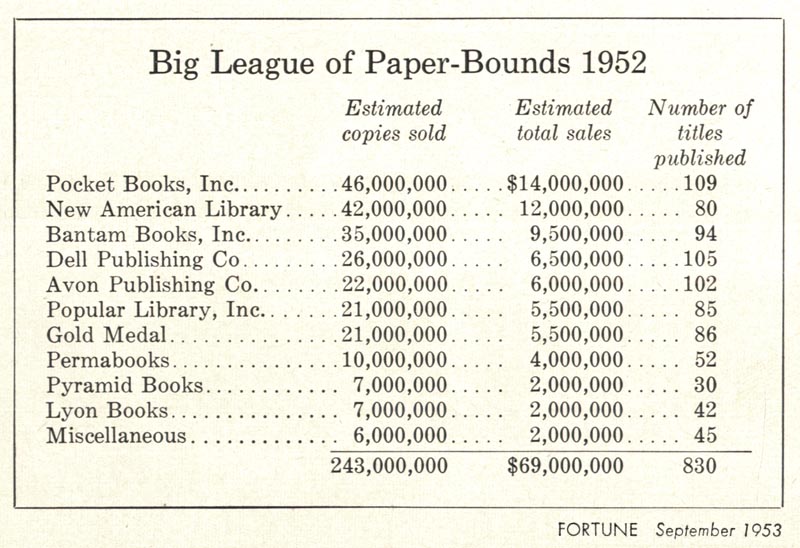
The first printing of Spillane's current title Kiss Me Deadly was three million copies. In Washington a drugstore manager thinks the Spillanes are "terrific - with women especially." In Dallas a wholesaler (who pronounces it "Spleen") says that Spillane is the greatest thing that ever happened to the newsstand business; "What we need is more Spleens."
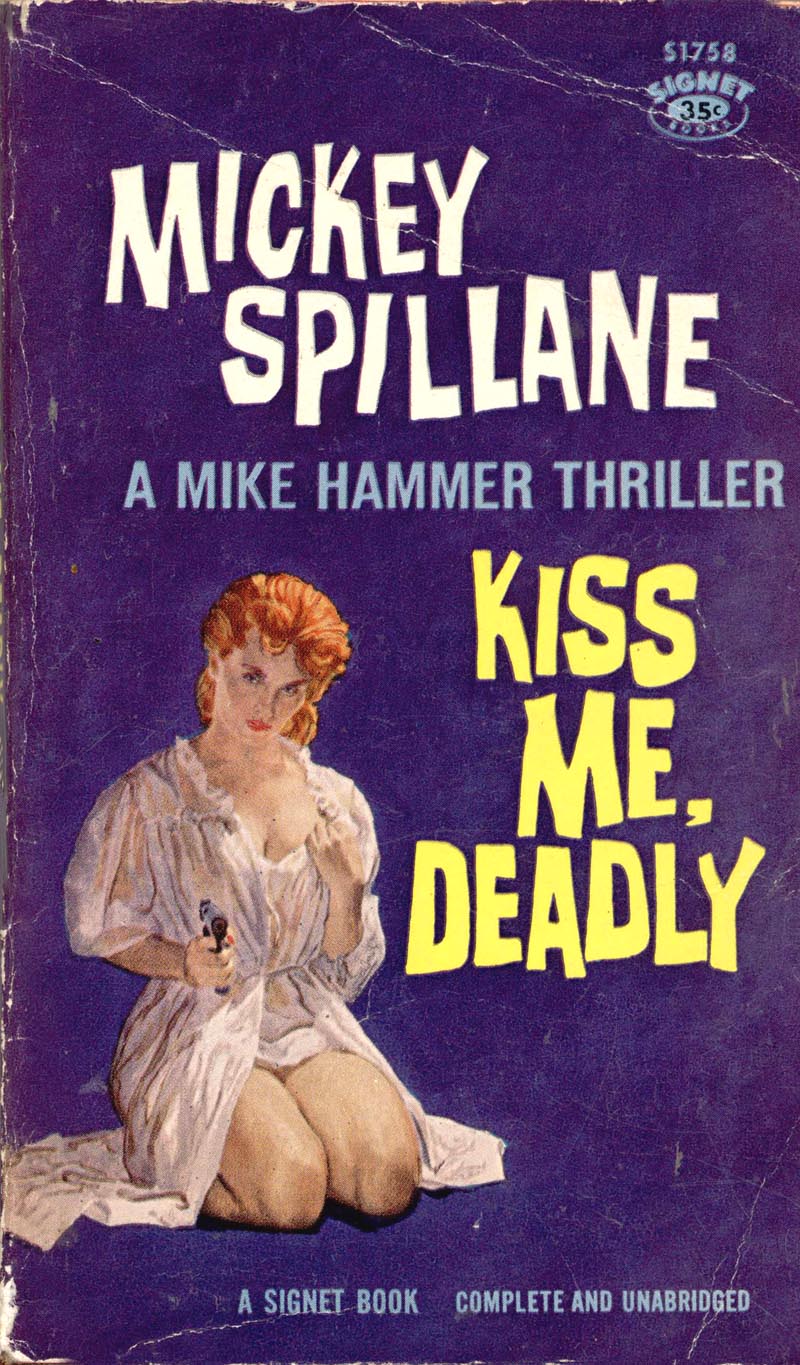
* Accompanying this week's excerpts from the Fortune article are a broad sampling of mid-century paperback cover scans generously provided by one of my contacts on Flickr, UK Vintage. Many thanks Uilke!
I'll go first on this, so far at least. My comments, howsomever, go back to yesterday's TI....and this one as well. Hey, Troops!! maybe we should all lighten up just a tweak....avoid the deep, arcane, significance of our illustrative efforts, those of the 50's, and even today's digital deliveries. We're just trying to make a buck in a very tough world of the arts....and express and use our talents. As to significance....sex, violence, pornography, et al, wasn't exactly invented in the 50's....or these days. A little before my time, but I seem to recall accounts about a couple of cities named Sodom and Gomorrah, just a tad before the 50's. Last. I'm with Richmonde.....aren't most of those covers awesome, delicious, supercalifragalistic examples of illustration and design? Cheers....Chas.
ReplyDeleteFantastic art. The 'Talk of the Town' one couldn't be more accurate on the description, as one imagines those years.
ReplyDeleteThese are great, thanks for sharing!
ReplyDeleteAmazing stuff, most of those covers, indeed!
ReplyDeleteExpialidociously supercalifragilisto!
Great covers. I love "Talk of the Town". It's like the halfway point between a cartoon and a painting.
ReplyDelete